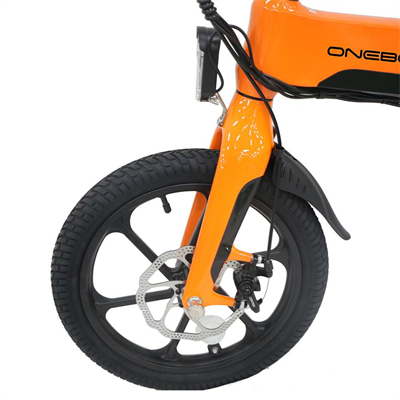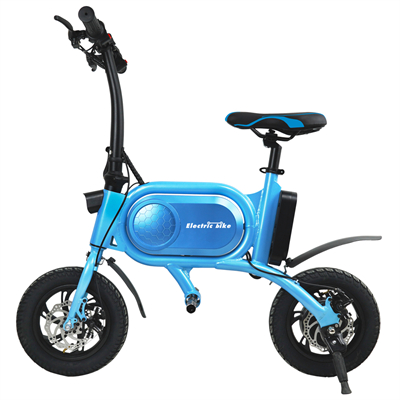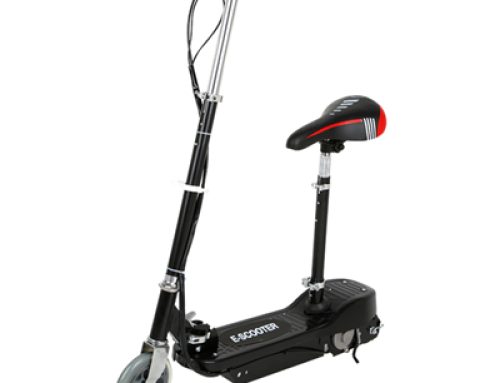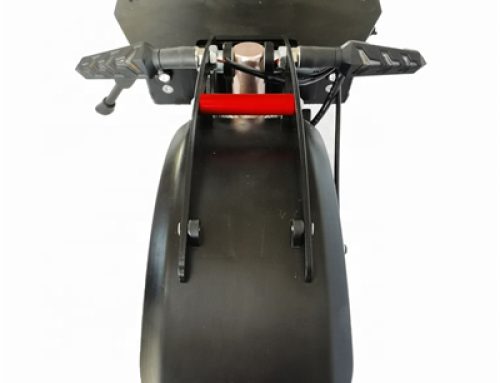1. Back to the Future:
- The 1989 film “Back to the Future Part II” depicted a future (set in 2015) where hoverboards were a common mode of transportation. The film’s portrayal of hoverboards sparked widespread interest and excitement.
2. Viral Hoax and Pranks:
- In the early 2000s, videos and images depicting “real” hoverboards circulated online as hoaxes and pranks. These deceptive content pieces contributed to the growing fascination with the concept of hoverboards.
3. Technological Innovation:
- While true levitating hoverboards like those in “Back to the Future” don’t exist due to the limitations of physics, there have been technological innovations in the form of self-balancing scooters. These devices, often referred to as hoverboards, gained popularity in the mid-2010s.
4. Celebrity Endorsements:
- Celebrities and social media influencers played a significant role in popularizing hoverboards. High-profile figures sharing videos of themselves riding hoverboards generated buzz and interest.
5. Internet Memes and Challenges:
- Memes and challenges related to hoverboards, such as dance routines and tricks, spread rapidly across social media platforms. These trends contributed to the devices’ visibility and appeal.
6. Music Videos and Pop Culture References:
- Hoverboards appeared in music videos and other forms of media, further embedding them in popular culture. Artists like Justin Bieber featured hoverboards in their music videos, adding to their image as trendy gadgets.
7. Technological Advancements and Safety Concerns:
- As the technology improved and safety concerns were addressed, hoverboards became more accessible and appealing to a broader audience. Improved battery safety and stability made them a viable personal transportation option.
8. Micro-Mobility and Urban Transportation:
- The rise of micro-mobility and interest in eco-friendly transportation options played a role in the continued popularity of hoverboards as a convenient and fun way to navigate urban environments.
9. Spin-Off Products and Innovations:
- Over time, hoverboard designs evolved, leading to innovations such as off-road models with larger wheels for tackling diverse terrains.
Hoverboards’ journey to fame in pop culture was driven by a mix of nostalgic references, technological advancements, social media influence, and their appeal as a novel mode of transportation. Despite their differences from the levitating boards of science fiction, hoverboards have managed to capture the excitement and imagination of people worldwide, leaving a lasting mark on popular culture.







